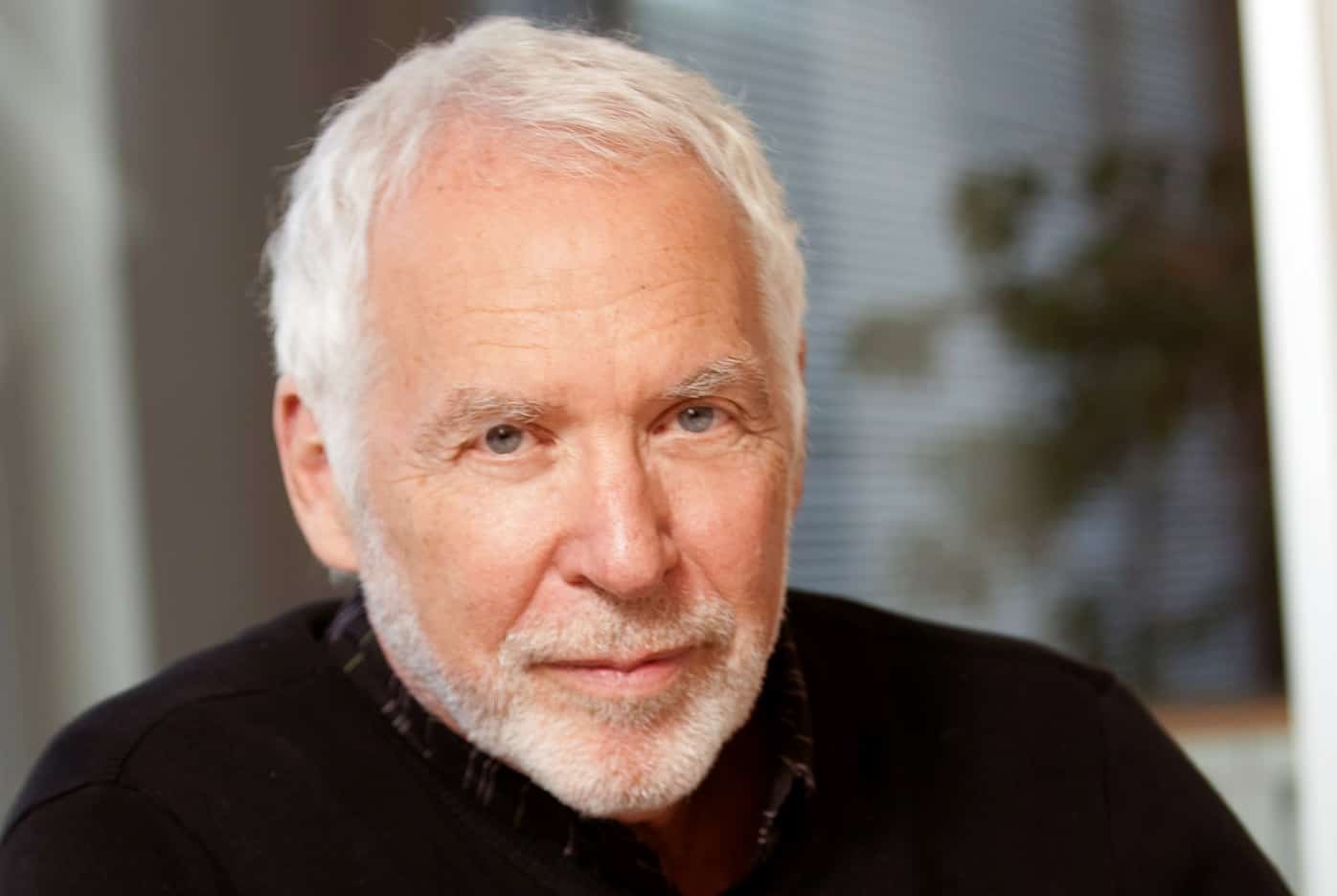
[leadAuthor and consultant Peter Block says empowerment, stewardship, and accountability are at the heart of what makes libraries function. As a bestselling author of Flawless Consulting, The Empowered Manager, and Community, Block writes books that deal with providing an alternative to mainstream cultural beliefs. He says connected communities can change the world, and libraries are at the forefront of that revolution. He talked with American Libraries about the power of the library and how it can bring people together. To join the conversation, make sure to attend Block’s session during the President’s Program on January 27, from 3:30 to 5:30 p.m. at the ALA Midwinter Meeting in Seattle.][/lead]
AMERICAN LIBRARIES: What is it about a connected community that allows workplaces to thrive?
PETER BLOCK: Most things we call problems—like safety, children, schools, health—are the effect of unconnected communities. It is our isolation. The front porches are gone and now we have automatic garage door openers. To connect communities—and libraries are a major institution to do that—is the only way to reactivate our concern for the common good and the common ground. Conventional thinking is that we need more programs, better leadership, more funding, more accountability. We’ve been saying that for decades and yet our communities have the same symptoms they had 20 years ago. The plan of action is about connection. Typically we think of action as somebody predicting the future. That is the thinking that makes connections secondary and puts planning first. I’m trying to reverse that order.
You write that the “small group is the unit of transformation.” How does connectedness coexist with that?
The small group is the only place where intimacy is produced. Let’s say we have a town hall meeting or a neighborhood summit or some kind of gathering. Most of those are now organized in a patriarchal way, where leaders talk and the people listen. But citizens never get to know one another. In most public meetings, most community meetings, including church meetings, are not designed for people to get connected to one another. It is designed for people to learn or to get closer to God or to get closer to leaders and see what they can do better. So the whole thinking that leaders are somehow the point, this is what we’re trying to invert. Citizens coming together is the point. The way that happens is, you break people up into small groups. And, say, would you meet with somebody you know the least? The dominant culture thinks that like-mindedness is the key to the future; it’s not. But they are constantly trying to bring like-minded people together. The challenge we face is how we deal with the other, with the stranger. With small groups it’s about creating a structure where strangers can meet and discover that they can be with one another to find common ground.
In a recent blog post, you mentioned a “surge of localism” that is changing the world. How will this affect libraries?
Libraries are that space where people cross class. It is the only place I know where people who are poor and people who are wealthy run into one another. The more libraries understand that asset, the more they can take advantage of it. To me, libraries are quite physically and geographically decentralized. Libraries stand for an institution that values ideas and thought. They are politically neutral and no one is arguing about them. What other existing institutions have the capacity to help strangers come together? Libraries are right at the top; the other is fire stations. Fire stations, however, haven’t yet discovered their convening capacity.
Are modern libraries designed to build the kind of belonging you discuss in Community?
That’s a huge challenge, because space matters. The physical design will evolve. We use the library in Clarksdale, Mississippi, as convening space for some work I did there, but it took some hours [to assemble]. We had to move chairs and tables so people could see one another and sit in small groups without a lot of columns and obstacles. Library design is a huge opportunity to take advantage of people’s trust of the library. Ask yourself, “How can we design this space so 20, 30, 70 people can come together?” Most libraries are designed for physical efficiency, so you end up with rectangular designs, but circular tables and chairs would bring more people together.
